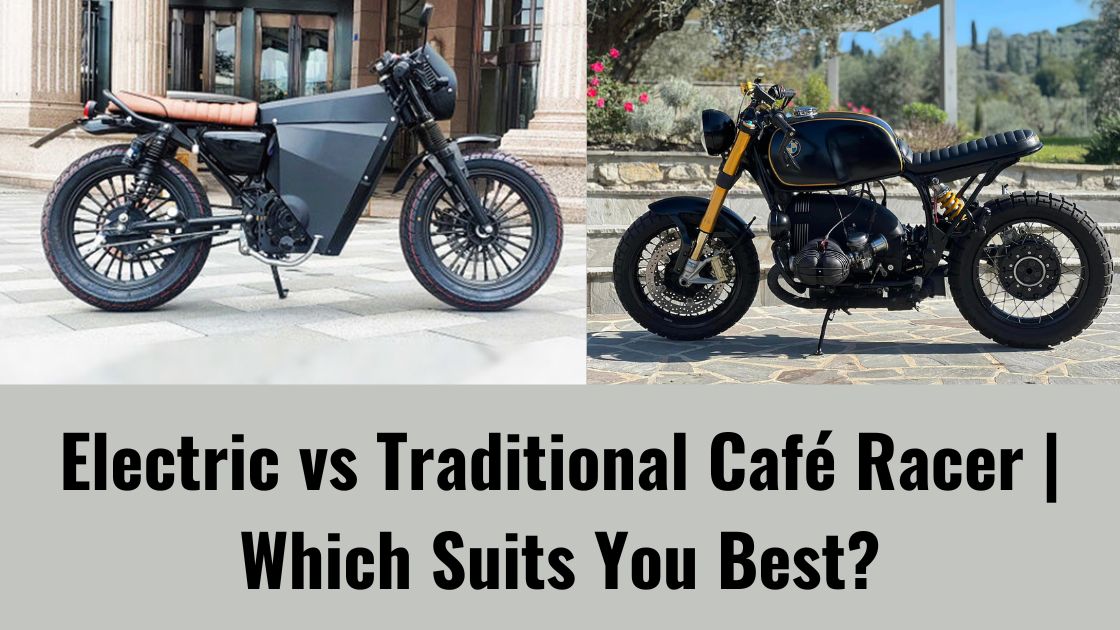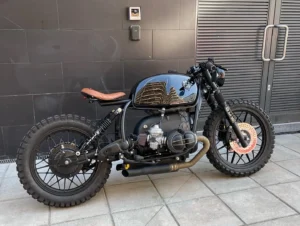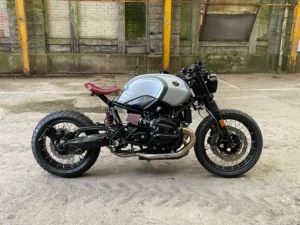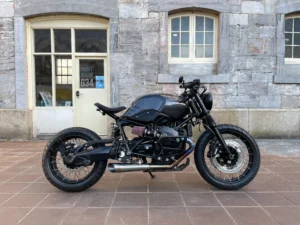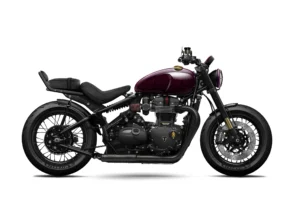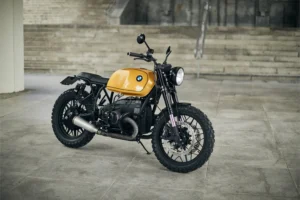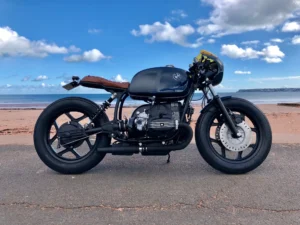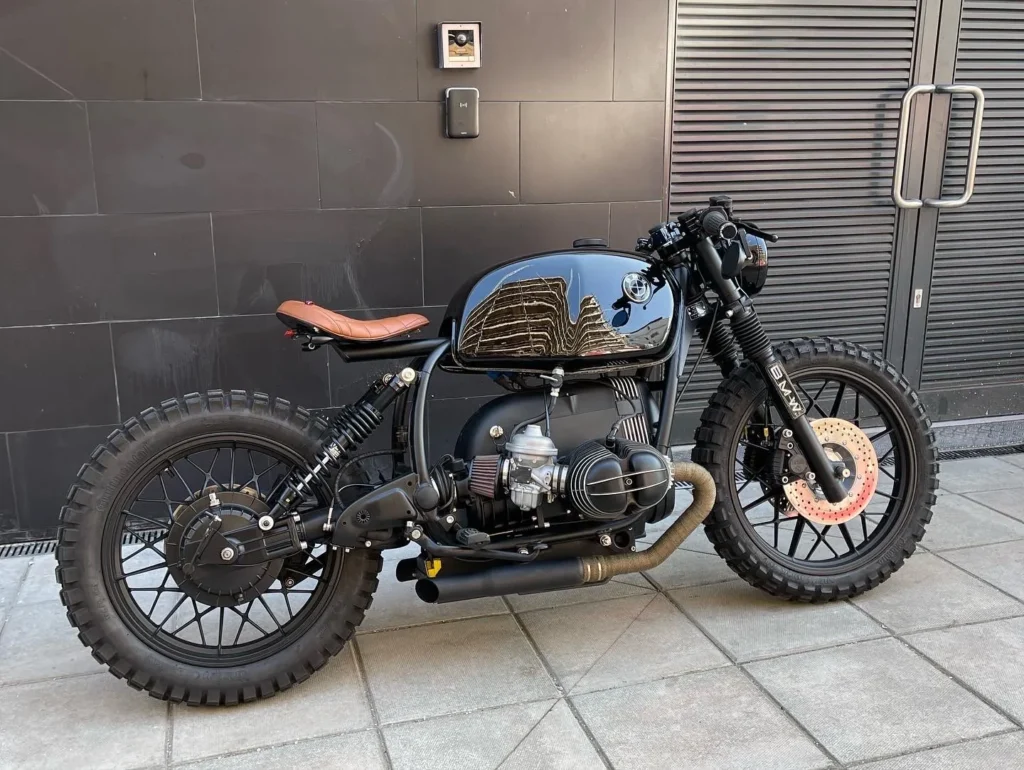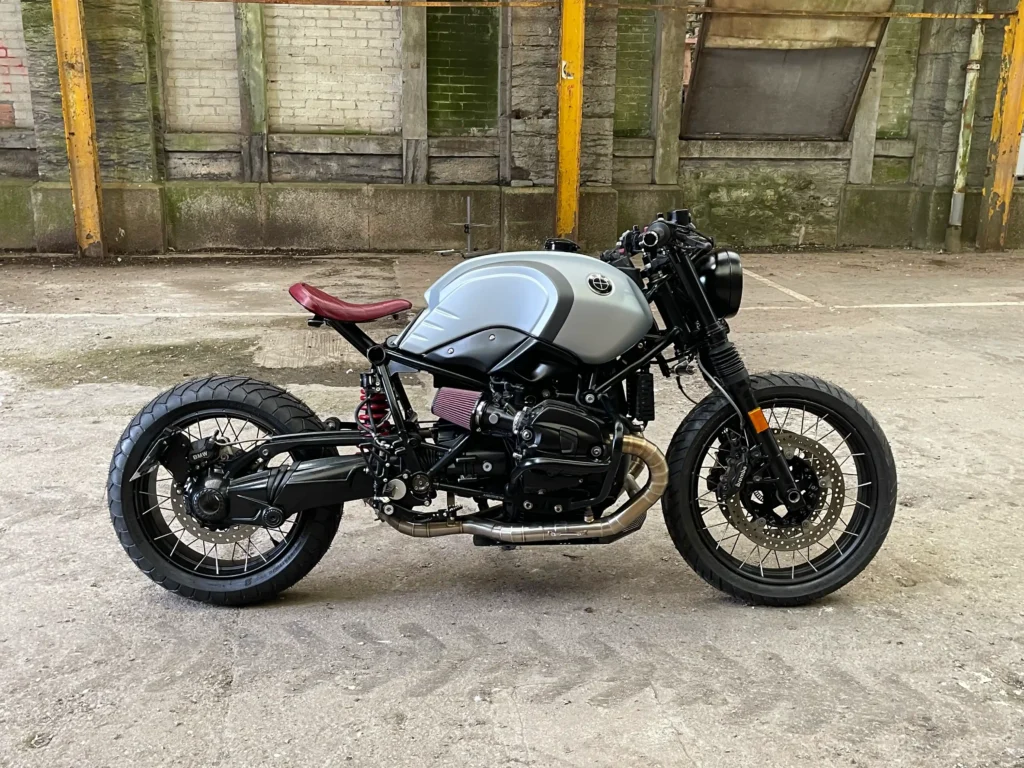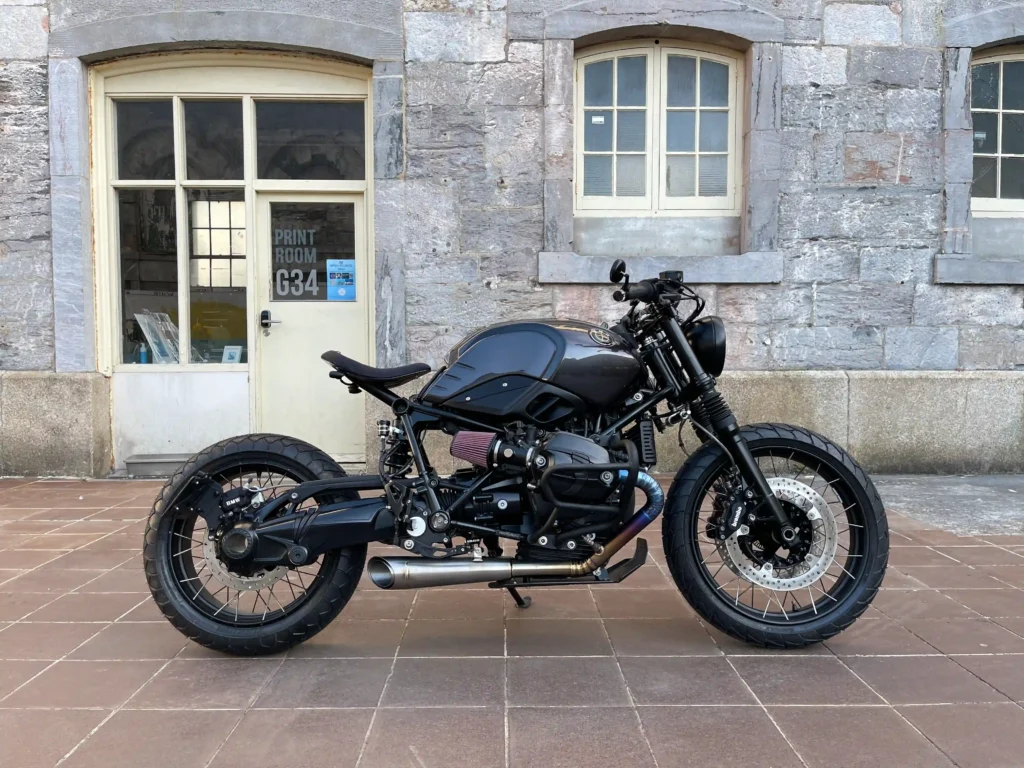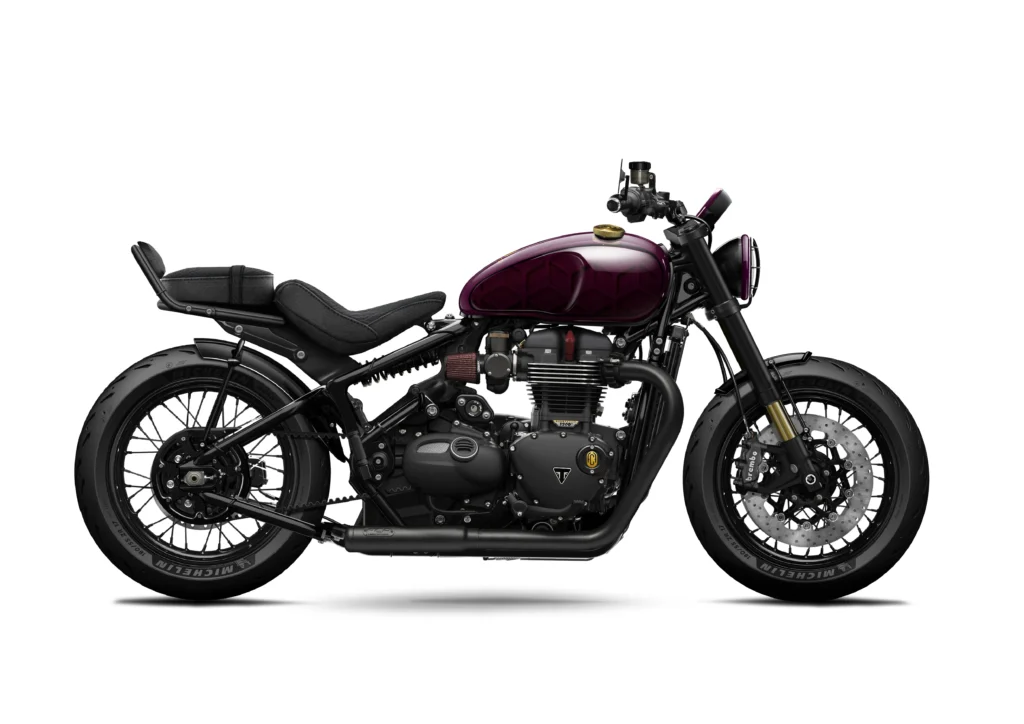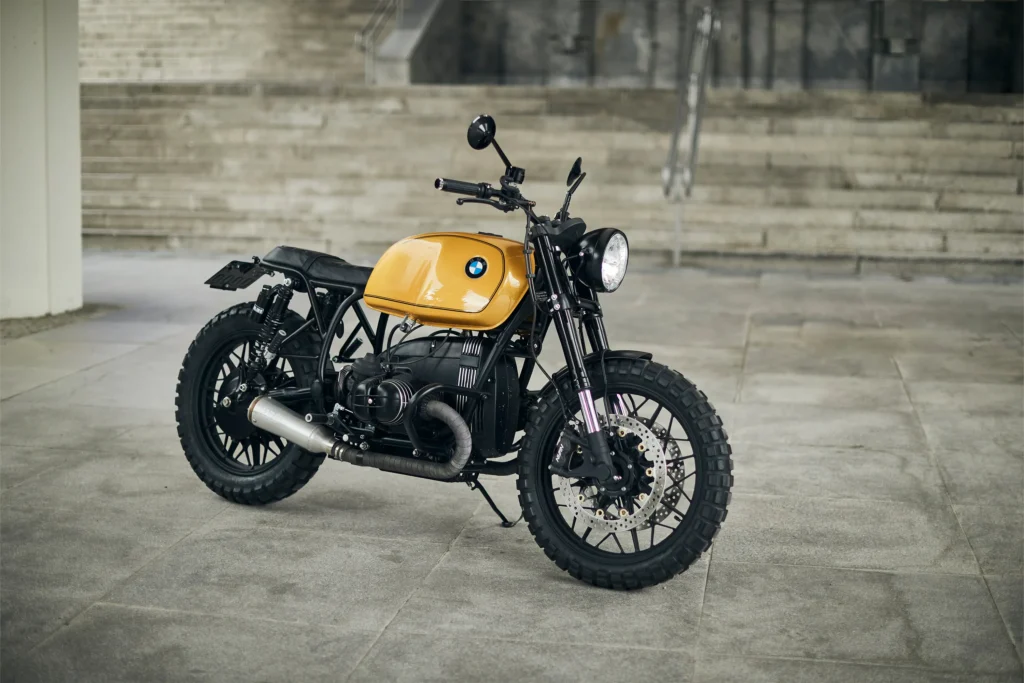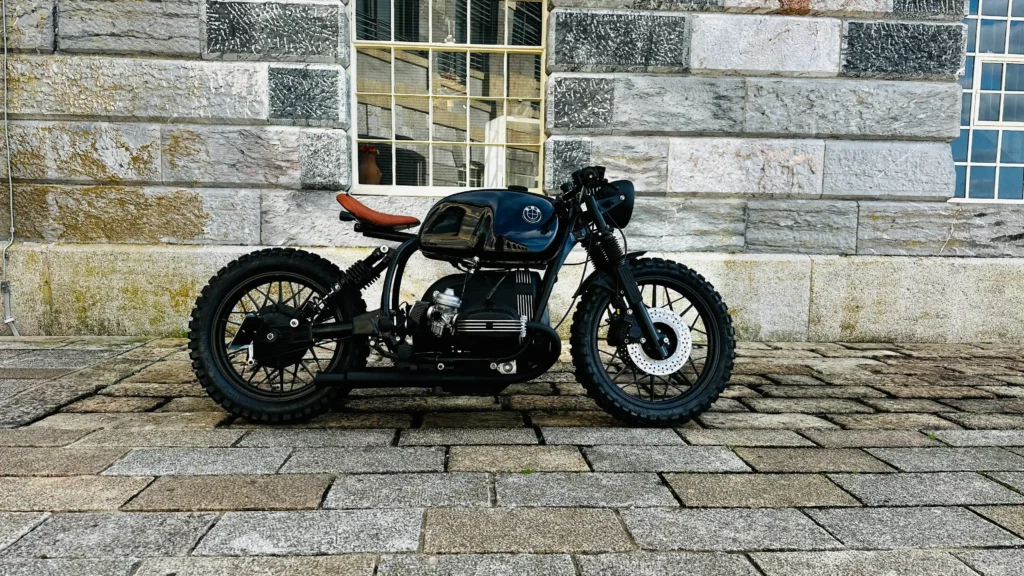Table of Contents
ToggleCafé racers are more than just motorcycles. They’re a piece of history and culture, born out of the passion for speed and simplicity. Riders in the 1960s wanted bikes that were fast, light, and stripped down. They aimed for a machine they could race from one café to the next — hence the name, “café racer.”
Today, we have two main types: electric café racers and traditional café racers. Both have their own unique charm and purpose. Electric models represent the future, powered by new technology. Traditional ones stick to the roots, with roaring engines and classic design. This guide will help you understand the differences. By the end, you’ll have a clear idea of which one suits you better.
Let’s get started by understanding what café racers are all about.
Café Racers: From Classic Speed to New Electric Power
Café racers are all about speed and style. They started in the 1960s in Britain. Riders loved these bikes for their stripped-down look and strong performance. They wanted something fast that could get them from one café to another in no time. That’s why they made their bikes light and simple.
The typical café racer has a sleek design. Low handlebars. A narrow seat. A long fuel tank. Riders lean forward to reduce wind resistance. It’s all about speed and control. The sound of the engine, the feel of the road, and the tight corners make every ride an experience.
Over time, café racers have evolved. New versions have come into the market. Electric café racers are now part of the scene. While the style remains, the power source has changed. Traditional café racers use internal combustion engines (ICE). These run on petrol and have a classic engine sound. Electric models use batteries and electric motors. They offer a smooth, quiet ride without engine noise.
This is where the debate starts. Some prefer the old-school charm of traditional bikes. Others like the new-age technology of electric models. The choice depends on what matters most to you. Style or silence? Old-school vibes or modern tech?
Traditional Café Racers
Traditional café racers have a strong fan base. They keep the spirit of classic motorcycles alive. The engines use petrol, often with a powerful, deep sound. Many riders love the feel of the engine vibrations and the loud exhaust. It gives the bike a raw and authentic touch.
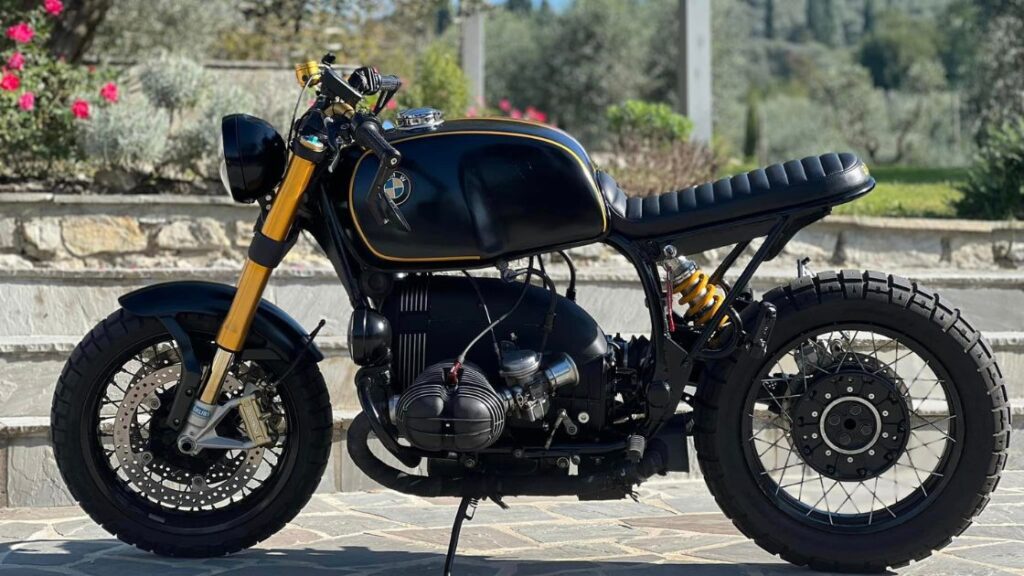
These bikes focus on performance and speed. Most have simple, lightweight frames. The design is practical, meant to go fast in straight lines and handle well in tight corners. Low handlebars and narrow seats make the rider lean forward. It feels more like racing. The riding experience is thrilling. You feel every bump and hear every rev of the engine. This connection with the bike is what many riders enjoy.
The design of traditional café racers often sticks to a vintage style. Metal fuel tanks, chrome parts, and classic round headlights. The look hasn’t changed much in decades. Many people love this timeless design. It reminds them of old movies and racing legends.
Maintenance can be tricky. Traditional café racers need regular care. Oil changes, engine tuning, and other check-ups are common. The costs can add up, but for fans of these bikes, it’s worth it. They enjoy working on their bikes, adjusting parts, and keeping them in top shape.
Riding a traditional café racer feels unique. You get the full experience — the sound, the vibration, the feel of the wind. It’s not just about getting from one place to another. It’s about the ride itself.
Electric Café Racers
Electric café racers bring something new to the motorcycle world. They mix the classic café racer style with modern electric power. The look often stays true to the original design. Sleek lines. Low handlebars. A narrow seat. But the engine sound is different — almost silent. Some riders love this quiet, smooth experience.
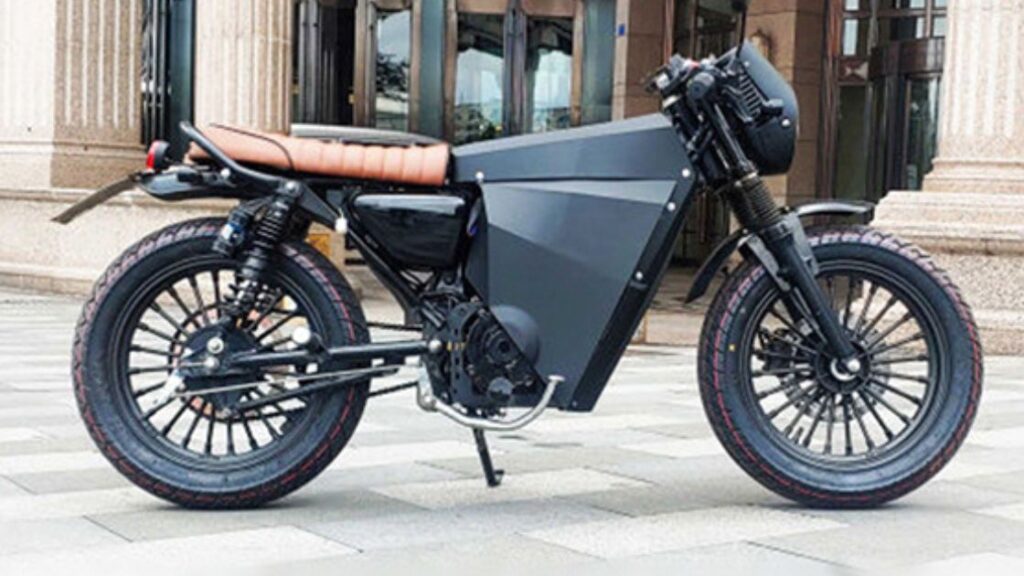
These bikes use electric motors instead of petrol engines. Instant torque makes them very quick off the line. The power feels strong and steady, giving you fast acceleration. No need to shift gears. Just twist the throttle, and the bike surges forward. This makes riding an electric café racer very easy, even for beginners.
Charging is the main difference here. Electric café racers don’t need petrol or oil changes. Plug it into a charger, wait for a bit, and you’re good to go. Many models can charge at home overnight. Long rides might need planning, though. Charging stations aren’t as common as petrol pumps. The range depends on the battery. Most can cover daily commutes with ease, but long trips can be tricky without enough charging spots.
Maintenance costs are lower. Fewer moving parts mean less wear and tear. No oil, spark plugs, or air filters to replace. Just keep an eye on the battery and brakes. This saves money and time. Electric bikes are also better for the environment. No exhaust fumes. Less pollution. It’s a clean, green choice for many riders.
The ride feels different. Quiet. Smooth. No engine noise, so you can hear the wind and the road. Some riders miss the classic roar of a petrol engine. Others enjoy the peace and the focus on the road. It’s a new kind of experience, but it still captures the spirit of café racers — speed, style, and freedom.
Quick Comparison: Electric Café Racer vs. Traditional Café Racer
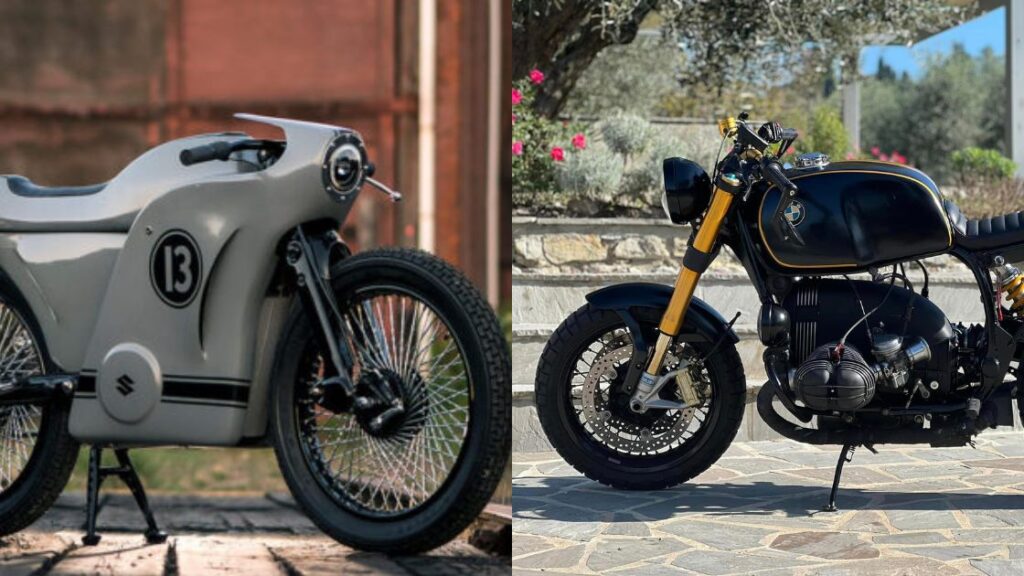
Before we dive into the detailed breakdown, here’s a quick comparison table to highlight the main differences between electric and traditional café racers. This will give you a snapshot view of their key features.
| Feature | Electric Café Racer | Traditional Café Racer |
| Engine Type | Electric Motor (Battery-Powered) | Internal Combustion Engine (Petrol) |
| Sound | Quiet, Minimal Noise | Loud, Classic Engine Roar |
| Maintenance | Low (Fewer Moving Parts) | High (Regular Tuning, Oil Changes) |
| Performance | Instant Torque, Smooth Acceleration | Gradual Power Build, Vibrant Feel |
| Fuel/Charging | Electric Charging (Home or Station) | Petrol Refueling (Quick and Easy) |
| Environmental Impact | Low (No Emissions) | High (Exhaust Emissions) |
| Cost | Higher Initial Cost, Lower Maintenance | Lower Initial Cost, Higher Maintenance |
| Riding Experience | Smooth, Relaxed, Modern Feel | Raw, Vibrant, Classic Vibes |
| Best For | City Commutes, Eco-Friendly Riders | Long Rides, Classic Motorcycle Lovers |
Key Differences Between Electric and Traditional Café Racers
Electric and traditional café racers may look similar at first glance. Both have a sleek design, low handlebars, and a sporty feel. But under the surface, they are very different machines. Let’s break down the main differences.
1. Engine and Power
Traditional café racers use internal combustion engines (ICE). These engines run on petrol and have a strong, loud sound. The power builds up gradually. Riders love the feeling of shifting gears and the deep growl of the engine. It’s part of the charm.
Electric café racers use electric motors. No gears. Instant power. Twist the throttle, and you get immediate acceleration. The motor makes little noise. It’s almost silent. This can feel strange for some riders, but others like the smooth and quiet ride. No engine vibration. Just pure speed.
2. Performance
Traditional café racers offer a raw, classic performance. The sound, the vibrations, the feel of the engine — all create an exciting ride. They handle well, especially in corners, and can reach high speeds. But fuel efficiency depends on the engine size and tuning.
Electric café racers have a different kind of performance. They offer instant torque, so the bike accelerates fast from a stop. Many electric models can reach top speeds similar to petrol bikes. But range can be a problem. Most electric bikes cover around 100 to 150 kilometers on a full charge. Long rides might need careful planning.
3. Maintenance
Traditional café racers need regular care. Oil changes, spark plug replacements, and air filter checks. These bikes have many moving parts. It takes time and money to keep them running well. Many riders enjoy this part of owning a traditional bike. They like working on their machines.
Electric café racers need less maintenance. Fewer parts mean fewer problems. No oil changes. No spark plugs. Just the battery and the brakes to check. Battery life is the main concern. After a few years, the battery might need replacing, which can be costly. But overall, electric bikes save time and effort in maintenance.
4. Environmental Impact
Traditional café racers burn petrol. This creates emissions and pollution. The sound of the engine is loud and can disturb the environment. Many riders enjoy the noise, but it’s not great for nature.
Electric café racers are quieter and cleaner. No exhaust fumes. They use electricity, which can come from renewable sources like solar or wind power. This makes them a greener choice. Perfect for riders who care about the environment.
5. Cost and Availability
Traditional café racers can be expensive, depending on the brand and model. Vintage models cost more. Maintenance and fuel costs add up over time. Many options are available, from new models to old classics.
Electric café racers often have a higher initial cost. The price of the battery and new technology makes them expensive upfront. But maintenance and fuel costs are lower. Charging at home is cheaper than filling a petrol tank. The market for electric bikes is growing, but the choices are fewer than for traditional models.
6. Riding Experience
Riding a traditional café racer feels raw and powerful. The sound, the gear changes, the engine’s roar. It’s a full-body experience. Many riders love this feeling. It connects them to the road.
Riding an electric café racer feels smooth and quiet. No engine noise. No gear shifting. Just the wind and the road. Some riders find this relaxing. Others miss the classic sounds of a petrol engine. It’s a new experience. Different but still exciting in its own way.
Factors to Consider When Choosing Between Electric and Traditional Café Racers
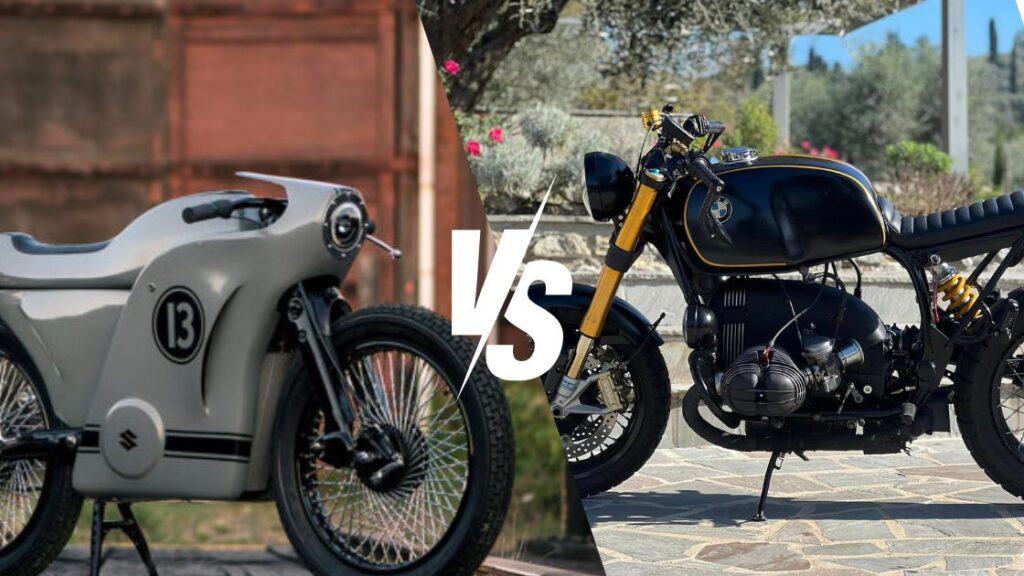
Deciding between electric and traditional café racers comes down to a few key factors. It’s about what matters most to you as a rider. Let’s explore what to think about before making your choice.
1. Your Riding Style
Think about how you like to ride. Traditional café racers are perfect for riders who enjoy the classic feel of the road. You get the deep engine sound, the vibrations, and the excitement of shifting gears. It’s all about the old-school thrill. If you prefer a more relaxed, quiet ride, electric café racers might fit you better. The ride feels smooth. No engine noise. Just speed and the sound of the wind.
2. Daily Use or Long Rides?
Daily commuting and short trips are easy for both types. Traditional café racers can refuel quickly at any petrol station. Electric café racers are best for city rides or short trips where you can charge the bike at home. Long-distance rides need careful planning with an electric model. Finding a charging station on the road can be hard. Petrol bikes have the edge here because refueling takes only a few minutes.
3. Budget and Cost Over Time
Initial cost matters. Traditional café racers often come at a lower starting price, especially older models. But remember the maintenance costs. Regular oil changes, engine tuning, and parts replacement add up over time. Electric café racers may cost more upfront, but the savings on maintenance can make up for it. No oil changes. Fewer moving parts. Just check the battery and brakes. Charging the bike at home is cheaper than filling up a tank with petrol.
4. Environmental Concerns
Care about the environment? Electric café racers make less noise and produce no emissions. They run on electricity, which can be from green sources like wind or solar power. Traditional café racers use petrol. They have a higher carbon footprint and create engine noise. For riders who want a greener choice, electric bikes win here.
5. Availability and Market Options
Traditional café racers have a wider range of models. Many brands offer both new and vintage styles. The market for electric café racers is smaller but growing fast. Each year brings new models with better batteries and design. Finding the right electric model might take some time, but it’s worth it if you want the latest tech.
6. Personal Preferences
Personal taste matters most. Do you love the roar of a petrol engine? The feel of metal and the look of classic design? Traditional café racers will give you that. Do you prefer a quiet, easy ride? The new feel of electric power? Then go for an electric model. Both types offer speed, style, and a great riding experience. It’s all about what makes you feel excited to ride.
Think about these factors before making your choice. The right café racer is the one that fits your needs and your style.
Case Studies and Popular Models
Let’s look at some well-known models from both sides. These examples show the key features and differences between electric and traditional café racers.
1. Popular Traditional Café Racers
Royal Enfield Continental GT
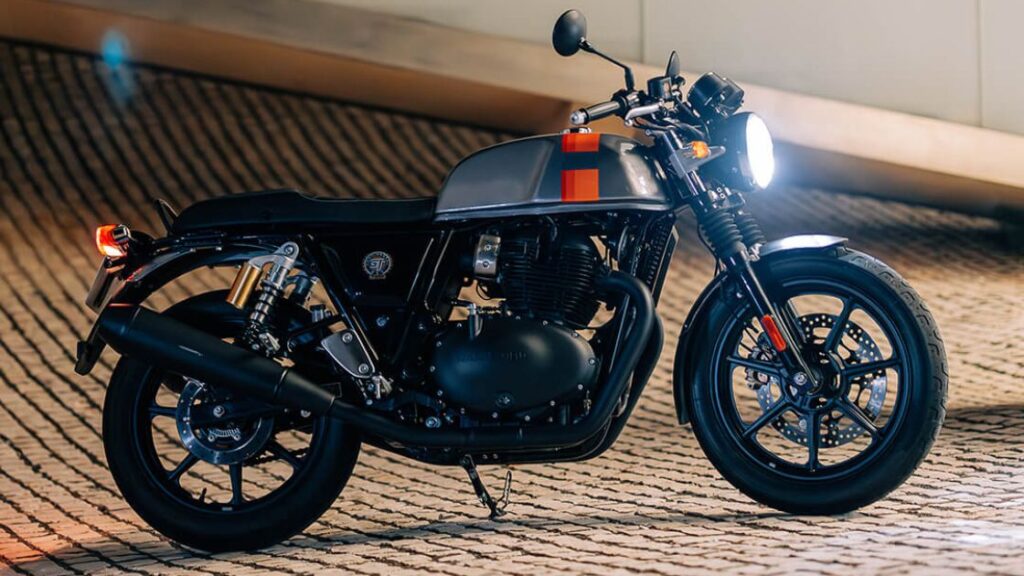
A classic choice. The Continental GT has a strong engine sound and a timeless design. It uses a single-cylinder engine, giving a solid, raw feel. Low handlebars and a narrow seat make it ideal for riders who love the café racer style. The bike looks sleek, with chrome details and a bold, metal tank. Maintenance requires regular care — oil changes, valve checks, and tuning. Fans of vintage motorcycles often go for this model. It’s simple but powerful.
BMW R nineT Racer
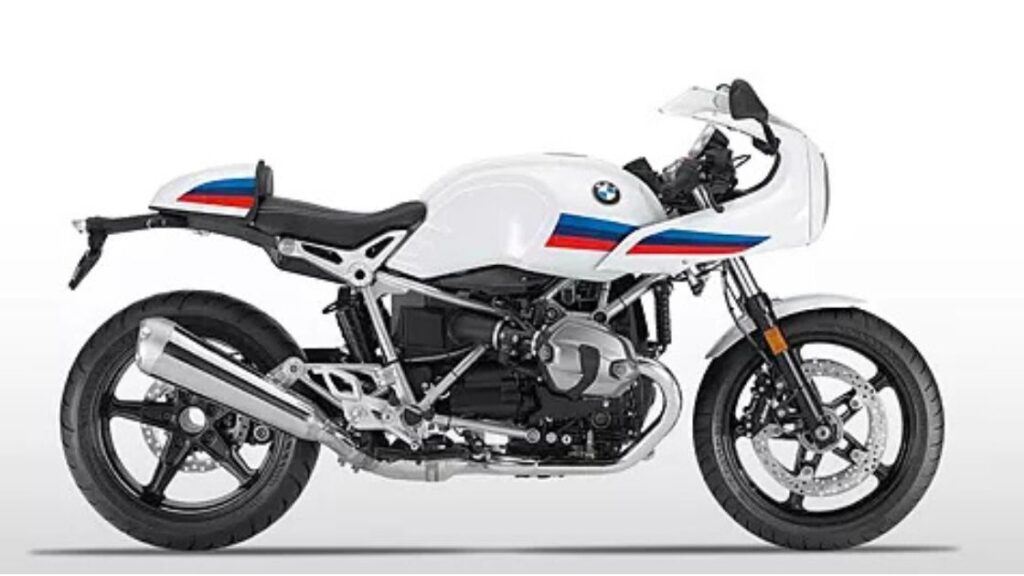
A modern take on the classic café racer. It mixes vintage looks with strong performance. The engine is a flat-twin, giving a deep rumble that riders love. The design features a long tank, round headlight, and café-style seat. Handling feels sharp, making it great for twisting roads. It’s more expensive but offers top-notch build quality. The R nineT requires regular upkeep, like most petrol bikes. Many riders enjoy customizing this model with aftermarket parts.
Triumph Thruxton RS

Another great example of a traditional café racer. The Thruxton RS combines a powerful twin-cylinder engine with a stylish design. It’s fast, with a strong acceleration that makes every ride exciting. The bike has a sporty look, with a low seat and sleek lines. Riders often praise its smooth handling. Like other petrol bikes, it needs regular servicing. The sound and feel of this model are its main attractions. Perfect for riders who want speed and style.
2. Popular Electric Café Racers
Zero SR/F
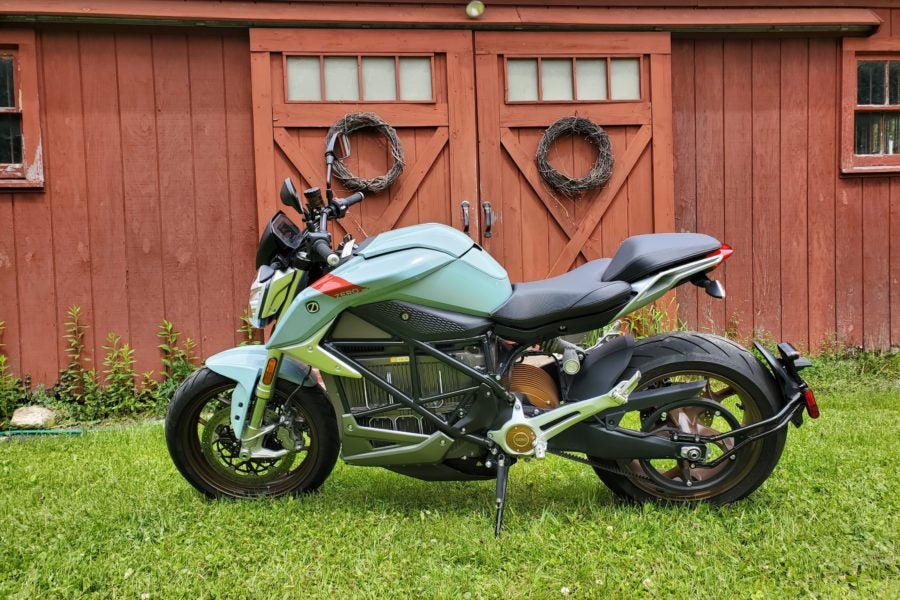
A top model in the electric café racer category. The Zero SR/F uses a strong electric motor. Instant torque. The bike accelerates quickly with no delay. It’s quiet, with a smooth ride. No engine noise. The design looks modern but still keeps some café racer elements. Low handlebars and a sporty seat. Charging takes a few hours, and the bike can cover up to 200 kilometers on a full charge. Maintenance is simple. Fewer moving parts mean fewer issues.
Tarform Luna
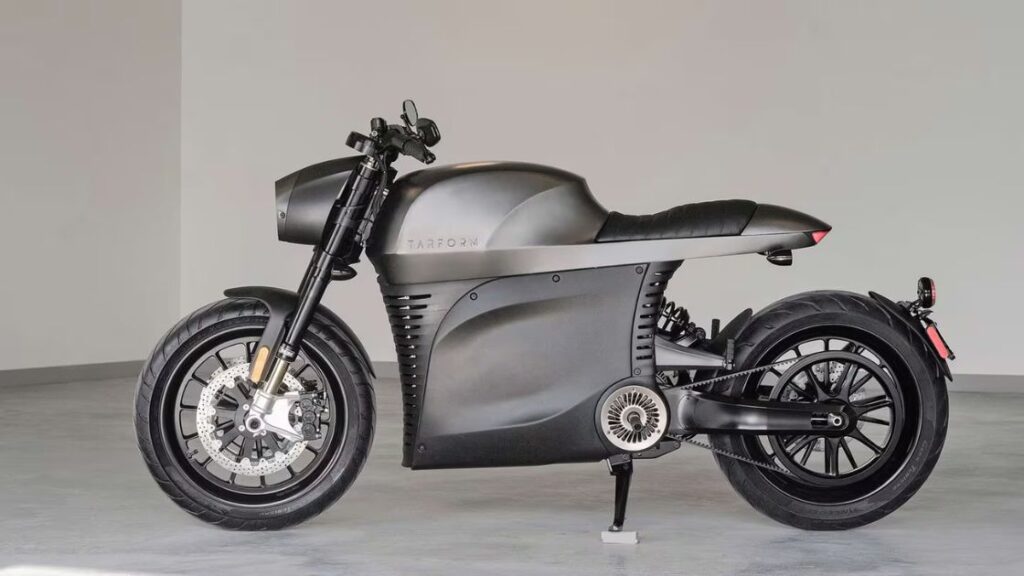
The Tarform Luna blends classic café racer style with advanced technology. It has a sleek, futuristic look. The bike uses an electric motor for instant, silent power. The ride feels smooth, with no vibrations from the engine. It also features smart tech like a digital display and built-in sensors. The range is good for city riding, but long trips need planning due to charging times. The Luna is an eco-friendly option for riders who want style and modern features.
RGNT No. 1
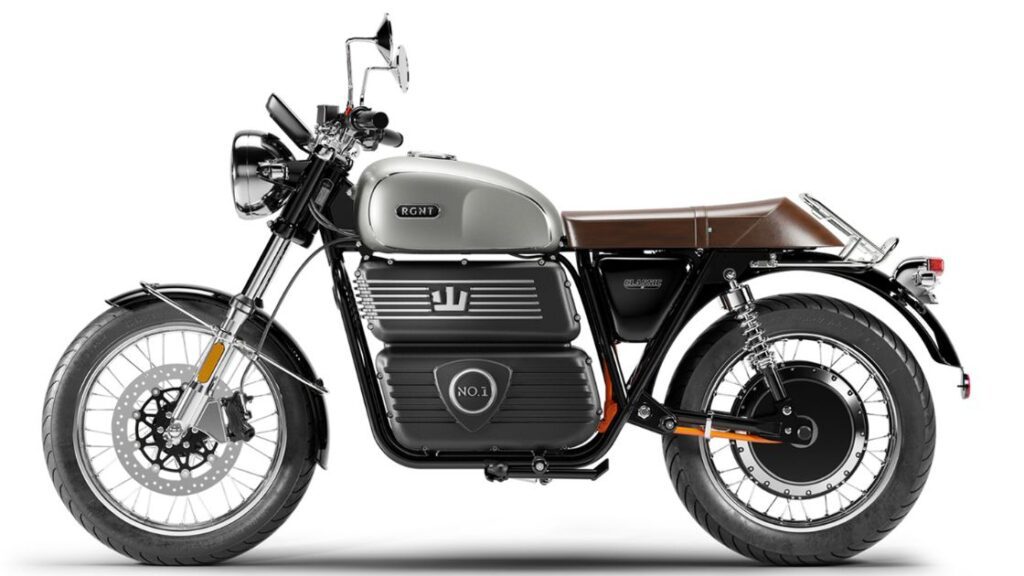
This model stands out with its retro look. It looks like a classic café racer but runs on electric power. The bike uses a hub motor, making the ride quiet and smooth. The design includes a round headlight, metal tank, and a narrow seat. It has a vintage feel with modern technology inside. The range is about 120 kilometers on a full charge, perfect for short rides. Maintenance is easy, with no need for oil changes or engine checks.
These case studies show the variety available in both categories. Traditional models give a strong, classic feel with loud engines and raw power. Electric models offer smooth, silent rides with less upkeep and eco-friendly features. Each bike has its own strengths.
Conclusion: Making Your Choice
Choosing between an electric café racer and a traditional café racer depends on what you value most. Both types offer great style and a unique riding experience. Each has its own charm.
For the Classic Vibe and Raw Feel:
Traditional café racers are the way to go. They give you that deep engine sound, strong vibrations, and a true vintage look. The experience feels more raw and connected. The roar of the engine, the feel of shifting gears — it’s a full-body thrill. Perfect for riders who love old-school mechanics and the joy of hands-on maintenance. Great for those who enjoy working on their bikes and feel the bond with a machine that has history.
For Modern Tech and Smooth Riding:
Electric café racers offer a new kind of ride. Fast. Quiet. Smooth. The instant torque gives strong, quick acceleration. Charging at home saves money on fuel. Less maintenance means more time riding and less time in the garage. These bikes are ideal for city rides or short commutes. They fit riders who care about the environment and want a clean, modern option. The quiet motor lets you focus more on the road and the scenery.
The Final Thought:
There is no wrong choice here. Both electric and traditional café racers have their own strengths. Your decision depends on what you value more — the feel of a classic engine or the ease of modern electric power. The best advice? Test ride both. Feel the difference for yourself. Let the bike that matches your style and needs win.
FAQs
How far can electric café racers go on a single charge?
Most electric café racers can travel between 100 to 150 kilometers on a full charge. This range depends on the model and riding conditions.
Are electric café racers more expensive than traditional ones?
Electric café racers often have a higher initial cost due to advanced technology. However, they usually have lower maintenance and fuel expenses over time.
Do electric café racers require less maintenance?
Yes, electric café racers have fewer moving parts, so they need less maintenance. No oil changes or spark plug replacements are necessary. Just keep an eye on the battery and brakes.
Can electric café racers match the speed of traditional models?
Many electric café racers offer quick acceleration and can reach speeds similar to traditional models. However, their top speed and range may vary based on the specific bike.
Is the riding experience different between electric and traditional café racers?
Yes, traditional café racers provide a loud, vibrating ride with gear shifts. Electric café racers offer a quiet, smooth ride with instant power and no gear changes.

